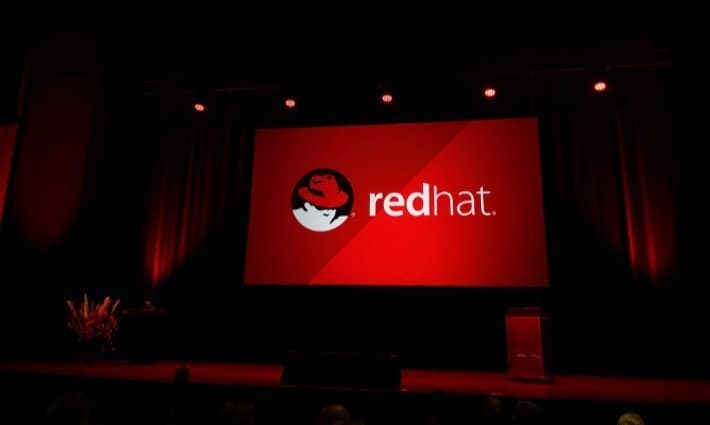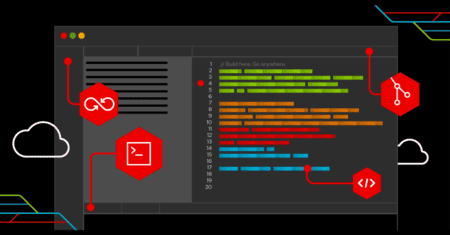Red Hat saw its sales grow during the past quarter, but misses the expectations of Wall Street. The company’s growth is closely monitored with the imminent acquisition by IBM.
Red Hat records sales of $847 million for the past quarter. This is an increase of 13% compared to the same period last year. Wall Street, however, had expected a turnover of USD 852.8 million.
At 175 million dollars, or 96 cents per share, non-GAAP net income was higher than expected. Wall Street was counting on 87 cents per share.
IBM acquisition
Red Hat gave no prospects because of the ongoing acquisition by IBM. Big Blue has a record amount of 34 billion dollars for the open source company. IBM is counting on Red Hat to boost its hybrid cloud business. Red Hat’s further growth is crucial in order to recoup the deal.
The deal has received mixed reactions, including from Red Hat employees themselves, who fear that the company’s open source culture will be endangered. Puppet leader Nigel Kersten called the analysis that IBM is buying Red Hat for its cloud expertise hilarious. He calls Red Hat first and foremost an operating system company rather than a cloud company.
That comment is not entirely unjustified. Infrastructure subscription sales, at $534 million, still accounted for the lion’s share of last quarter’s sales. Sales from application development and other emerging technologies amounted to 207 million dollars. The latter category has the strongest growth: 28 percent year on year, compared to 8 percent for infrastructure.
Growth OpenShift and Ansible
Eric Shander, CFO of Red Hat, emphasized at the presentation of the quarterly figures that his company had closed one hundred deals worth more than $1 million in the past quarter. More than 100 new customers were attracted for both OpenShift and Ansible Automation.
Related: Red Hat also talked to Microsoft, Google and Amazon about an acquisition
This news article was automatically translated from Dutch to give Techzine.eu a head start. All news articles after September 1, 2019 are written in native English and NOT translated. All our background stories are written in native English as well. For more information read our launch article.


















